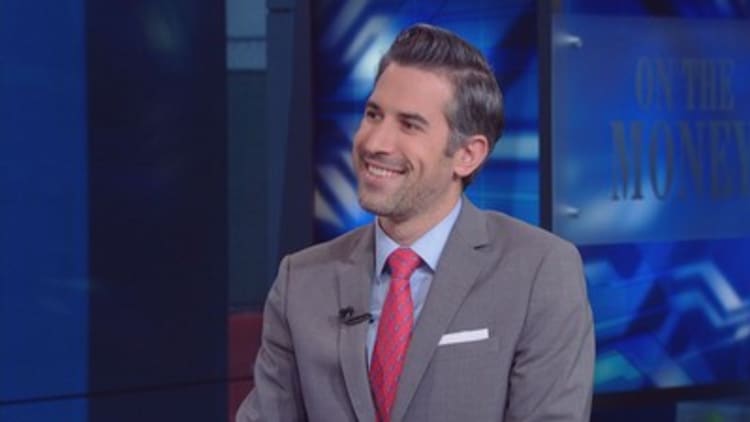
Election season is just around the corner — but this one has nothing to do with choosing between Hillary Clinton or Donald Trump (or Jill Stein and Gary Johnson, for that matter).
In a matter of weeks, workers will be electing how much health, life, and disability insurance to get for the following year. While many find the process a hassle, experts say it's important to assess your financial situation to help make the best decisions.
Life changing events, such marriage or children, can have a major impact on which benefits you choose and how much to allocate to them. Certified financial planner Douglas Boneparth told CNBC's "On the Money" in an interview that it's important to look back and "see what you actually spent on health care costs this year."
Knowing this information can help employees gauge if a high deductible plan with lower premiums is better, versus a lower deductible but higher premiums for 2017.
For example, Boneparth explained that "If you ended up not spending a lot because you were healthy, maybe the high deductible plans are right for you because you don't want to pay a lot in premium."
However, " if you see a lot of doctors, or have a lot of prescriptions, then maybe you want to look for those plans that have lower deductibles, where paying more premium could be advantageous," he added.
Boneparth also recommended looking to see if doctors are in-network. Wanting to keep using the same physician may help employees make their decision. Additionally, he said research is key: Workers should ask their company's HR representative for a plan comparison — and shouldn't hesitate to call the insurers being offered for more detailed information.
When it comes to tax-advantaged accounts like a flexible spending accounts, FSAs, or health savings accounts, HSAs, Boneparth said those choosing them should review their cash flow.
"Even though there are tax benefits for putting money into those plans, you really want to see what you can afford to do," Boneparth explained.
FSAs and HSAs are accounts that allow employees to set aside a certain amount of money not subject to tax, and can then use that money to pay for qualified medical expenses. While the two are similar, HSAs are only available for folks who have high deductible health care plans.
In 2016, FSAs have a contribution limit of $2,250 per employer while an HSA has a limit of $3,350 for an individual and $6,650 for a family.
Boneparth said people should be careful not to over contribute. Doing so will be a strain on cash flow, especially if you don't end up using all the funds.
When it comes to making a decision about disability insurance, Boneparth says it's typically more affordable to have a group plan than buy an individual plan. "Protecting your income is arguably one of the most important things that you have…I would encourage you to take advantage of what you can afford to apply for through your employer," he said.
The financial planner also points out long-term disability plans will usually allow protection up to 60 percent of your base salary. This benefit can be received tax-free if the premiums are paid after-tax.
"Check with your employer to make sure you are indeed paying premiums after tax and not before."
However, Boneparth warned against falling prey to some common yet big mistakes with open enrollment.
"When you're caught up in your life, and you're busy…it's very easy to forget you have to log in and make your elections." To resolve this, Boneparth says set a reminder on your phone, computer or calendar.
Second, he says avoid picking a plan that's too expensive or doesn't cover enough. Make an informed decision by talking to an HR rep or trusted financial advisor to answer questions.
On the Money airs on CNBC Saturdays at 5:30 am ET, or check listings for air times in local markets.



